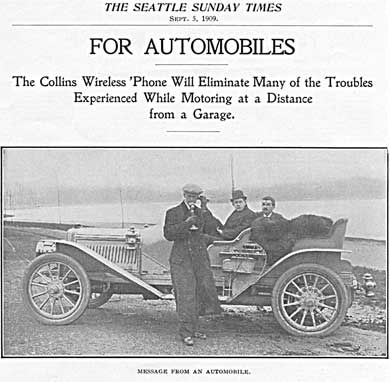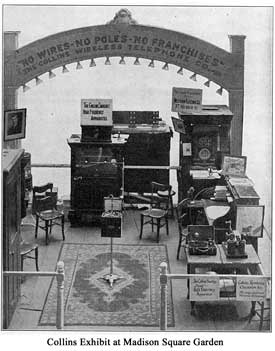SLIDE SHOW:
http://s1005.photobucket.com/albums/af178/valued_user/Nash%20Hi%20Res/?albumview=slideshow
'Exterior
Light gray body with black fenders, as-built
Surface rust, only, under car, in typical areas
Wooden body structure mostly rot-free
Original running boards and supports
Windshield in good condition
Royce MotoMeter radiator cap
Vintage Watson Stabilator badge
Top
Tan canvas top
Believed original
Rear glass window clear and unscratched
Stained with one small tear at front right- see photo
Engine and drivetrain
Starts cold and warm as it should
Does not overheat or leak fluids excessively
Original Series 260 overhead valve inline six
278.4 cubic inches, 69 brake horsepower (claimed 28.4 taxable H.P.)
Electric starter
Vacuum-operated fuel pump in place, bypassed with modern electric pump
Fram oil filter added
Original three-speed transmission shifts as-built
Clutch operates properly
Shaft drive, semi-floating rear axle
Stops straight and as-built with mechanical brakes
Watson Stabilator shocks with canvas straps
Steel disc wheels with vintage Lester tires
Spare wheel with vintage Firestone tire
Recent engine oil change and chassis lube
Recent water pump rebuild and radiator clean
Electrical and Instruments

- New 6 volt battery
- Charging system operates properly
- Speedometer and odometer operate
- Ammeter and oil pressure gauge both operate
- Both headlights and rear taillight/stoplight operate
Interior
- Five passenger seating
- Upholstery on seats and doors believed original
- Original floor boards
 Also included:
Also included:
- 1927 Nash Cars Information Book owner’s manual- believed to be reproduction
- 1928 Nash Advanced Six 360 Information for the Owner, believed original
- Nash Motors
- Founded 1916 by ex-General Motors president Charles W. Nash.
- Took over Thomas B. Jeffery Company, builders of Jeffery and Ramble autos, after Jeffery survived the sinking of the Lusitania in 1915 and decided to retire.
- Factory in Kenosha, Wisconsin
- Nash became the leading producer of military trucks by the end of World War I.
- Nash autos in the 1920’s were best-sellers because of their neat, conservative styling, tidy engineering and competitive pricing
- Charles Nash quoted in 1926, “selling for a long time has been 100% a production problem... month after month all the cars that could be produced were sold before they left the factory floor."
- Nash would eventually acquire the appliance manufacturer Kelvinator, in 1937.
- Hudson Motor Car Company was taken over in 1954 to form American Motors.
- American Motors acquired Kaiser Jeep (the descendant of Willys-Overland Motors) in 1970.
- In the early 1980s, AMC entered into partnership with Renault.
- AMC was absorbed into Chrysler Corporation in 1987, becoming Jeep-Eagle.'










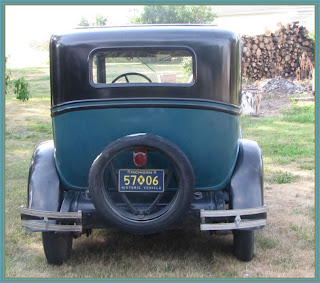












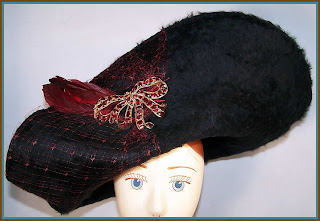



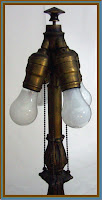



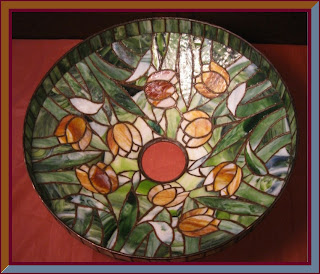
















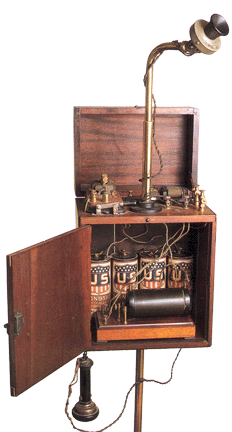
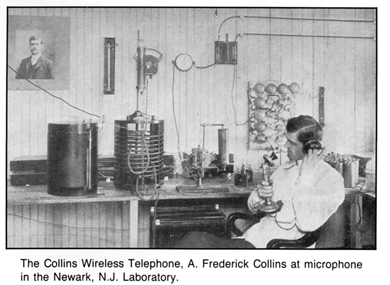 magnetic field that varied with the speech of the speaker. The varying magnetic field produced an electric current in the receiving coil placed nearby, reproducing the speaker’s voice in a telephone receiver.
magnetic field that varied with the speech of the speaker. The varying magnetic field produced an electric current in the receiving coil placed nearby, reproducing the speaker’s voice in a telephone receiver.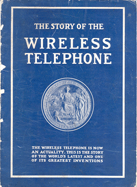
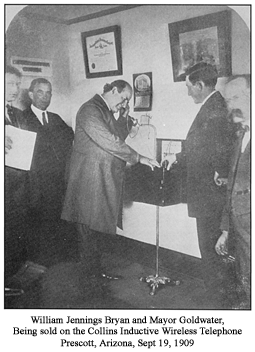 From 1900 to 1909 Collins wrote an incredible number of
From 1900 to 1909 Collins wrote an incredible number of